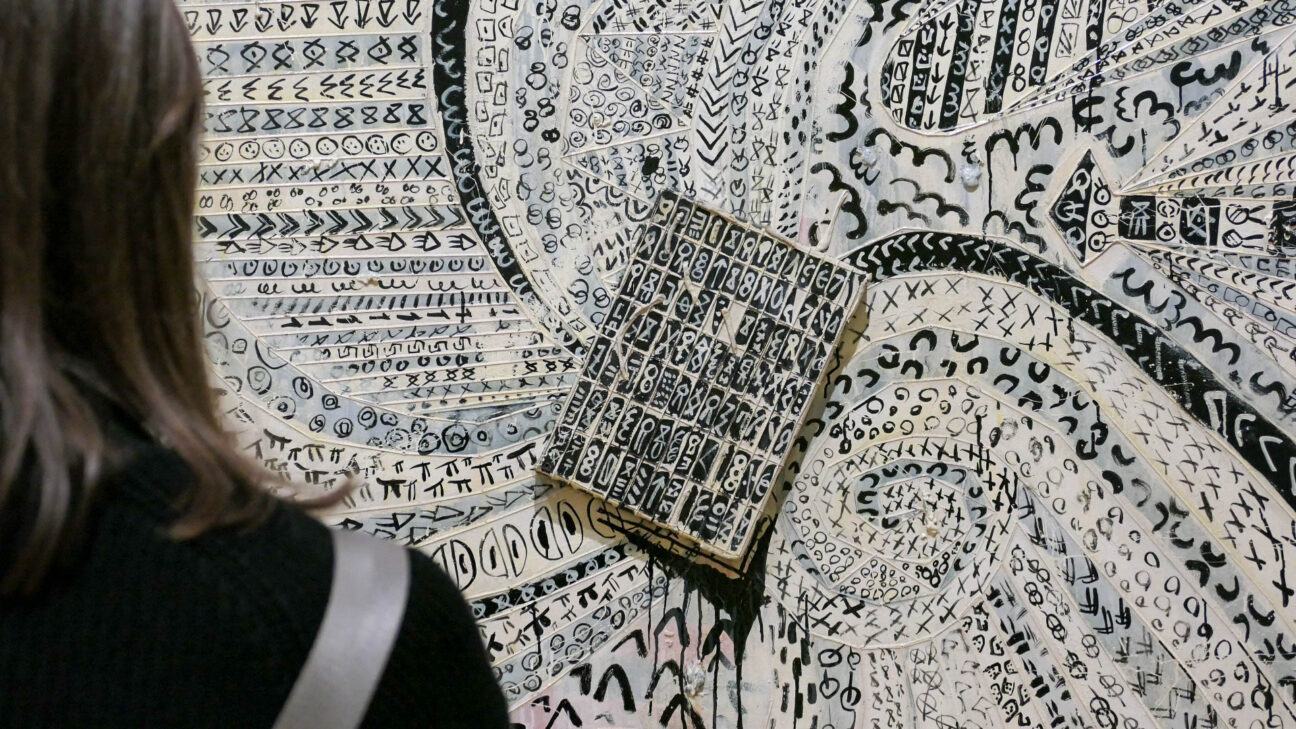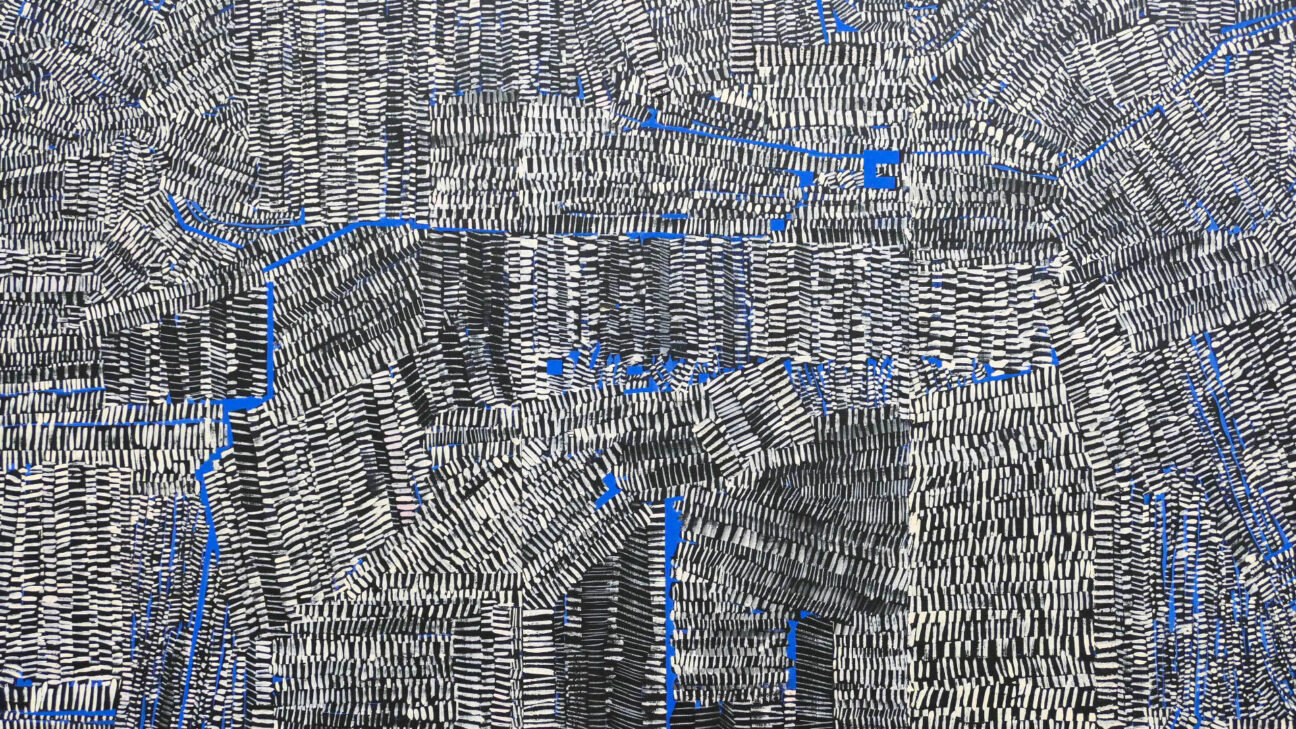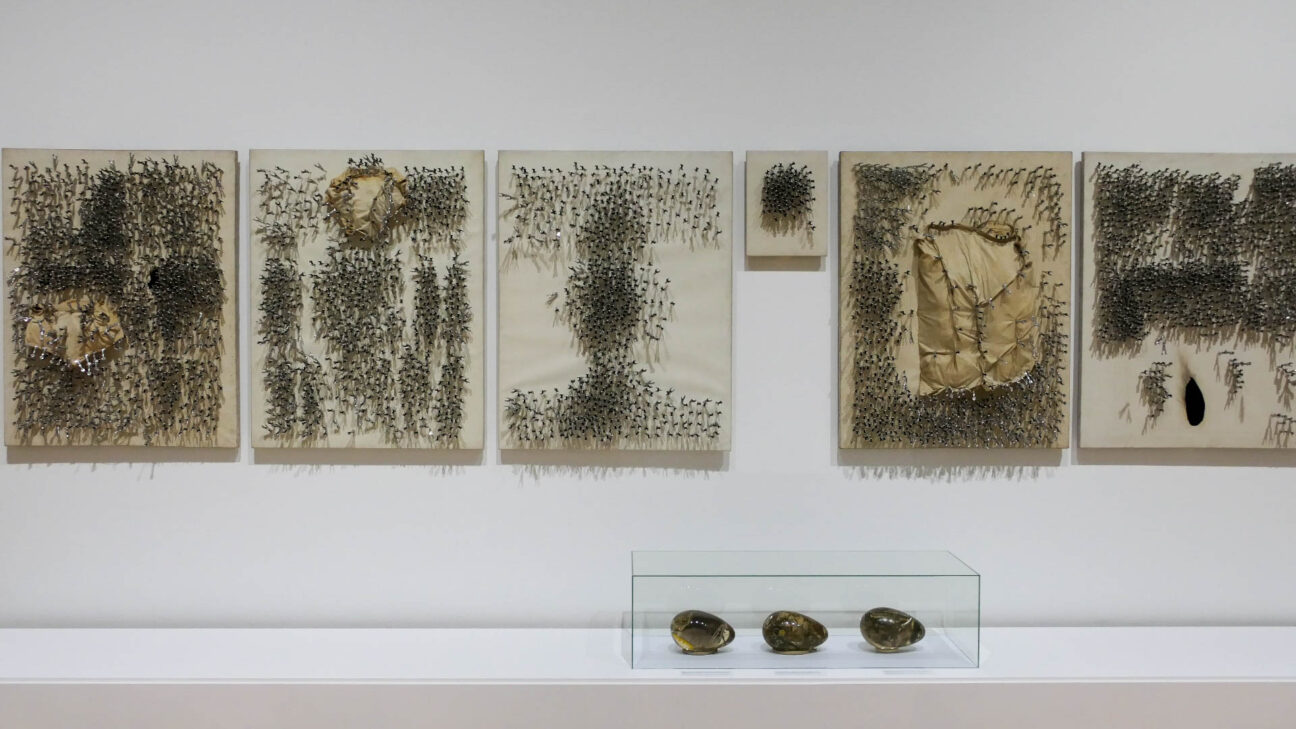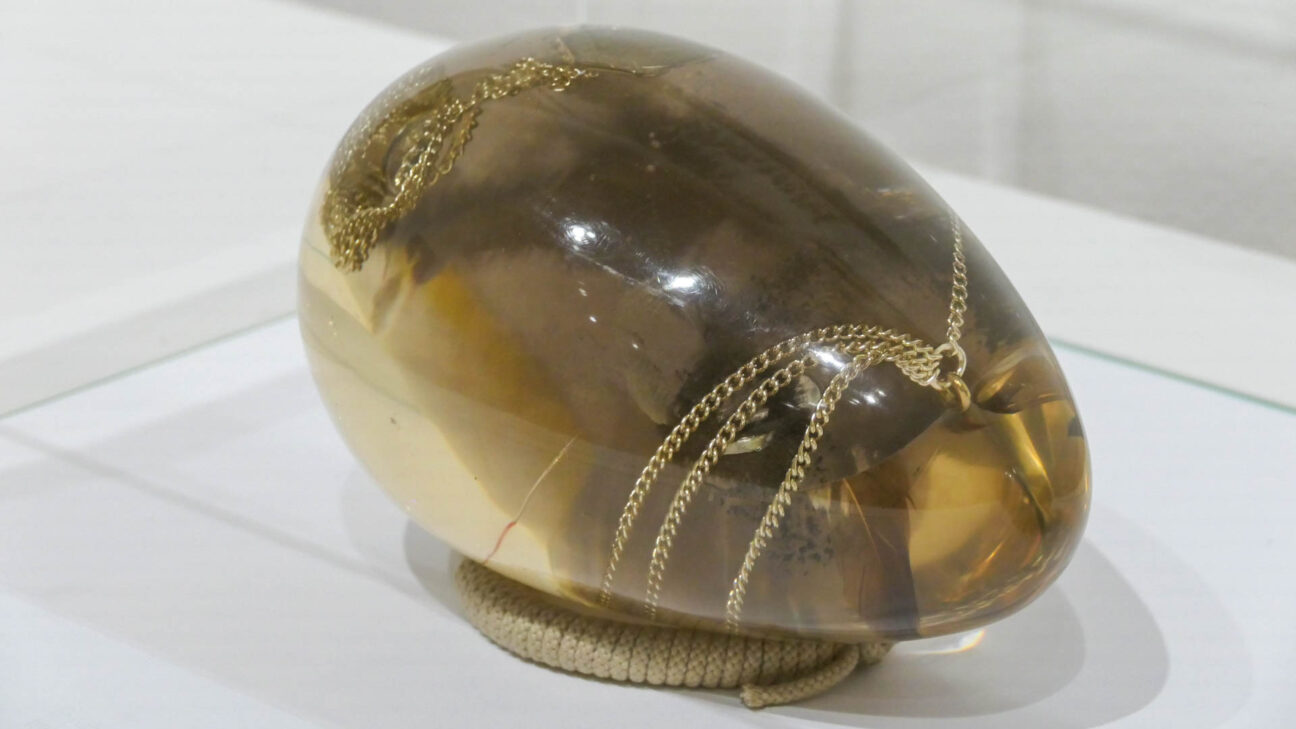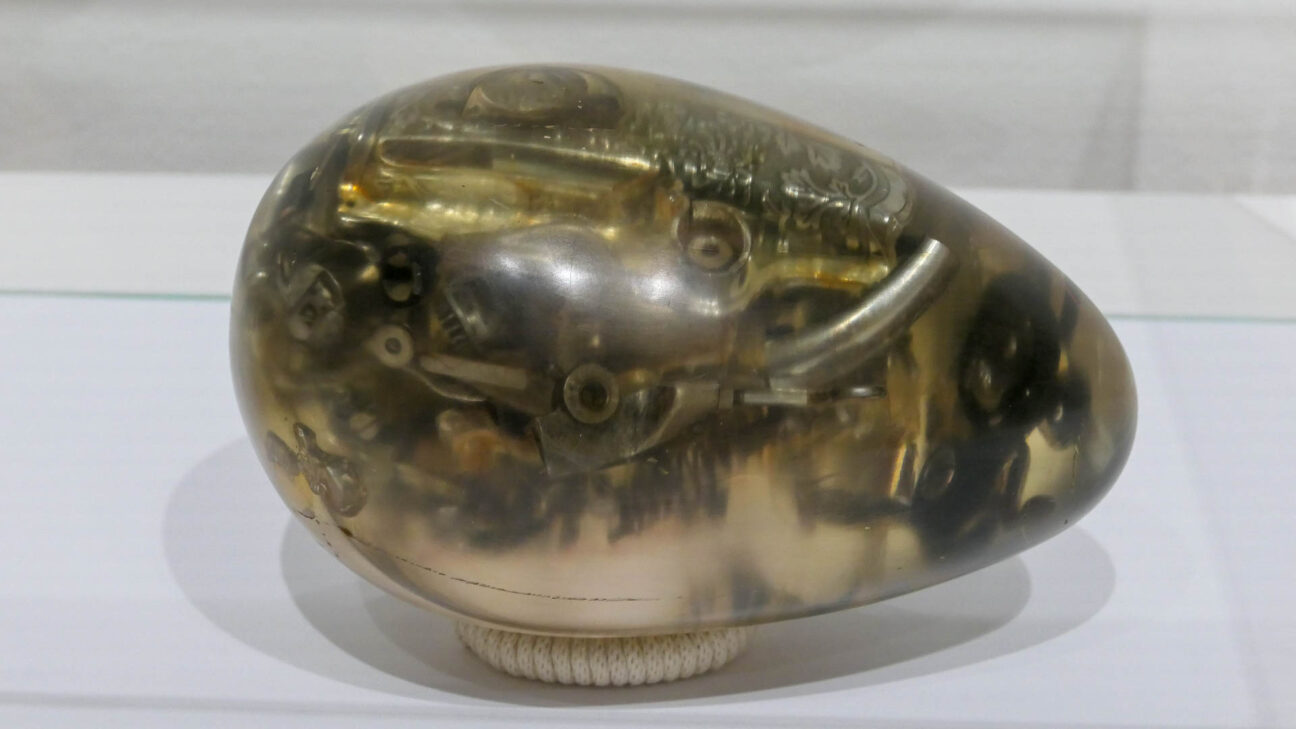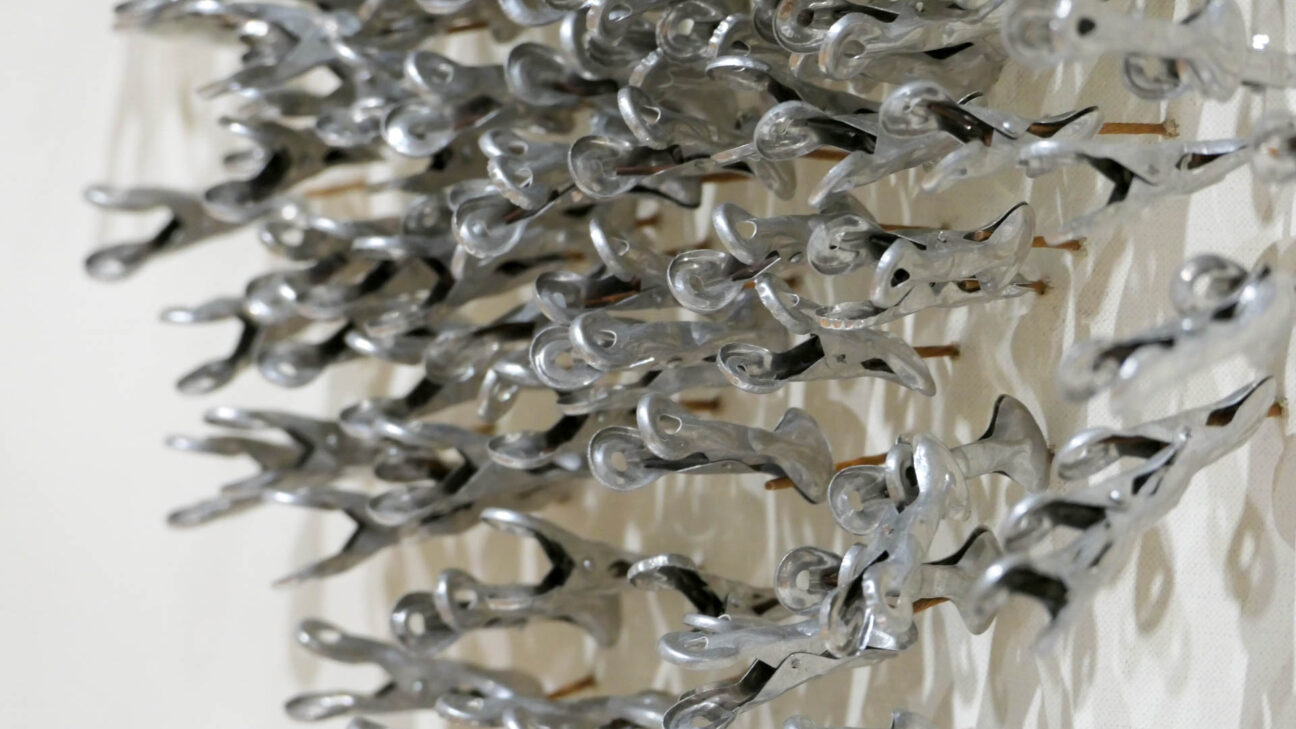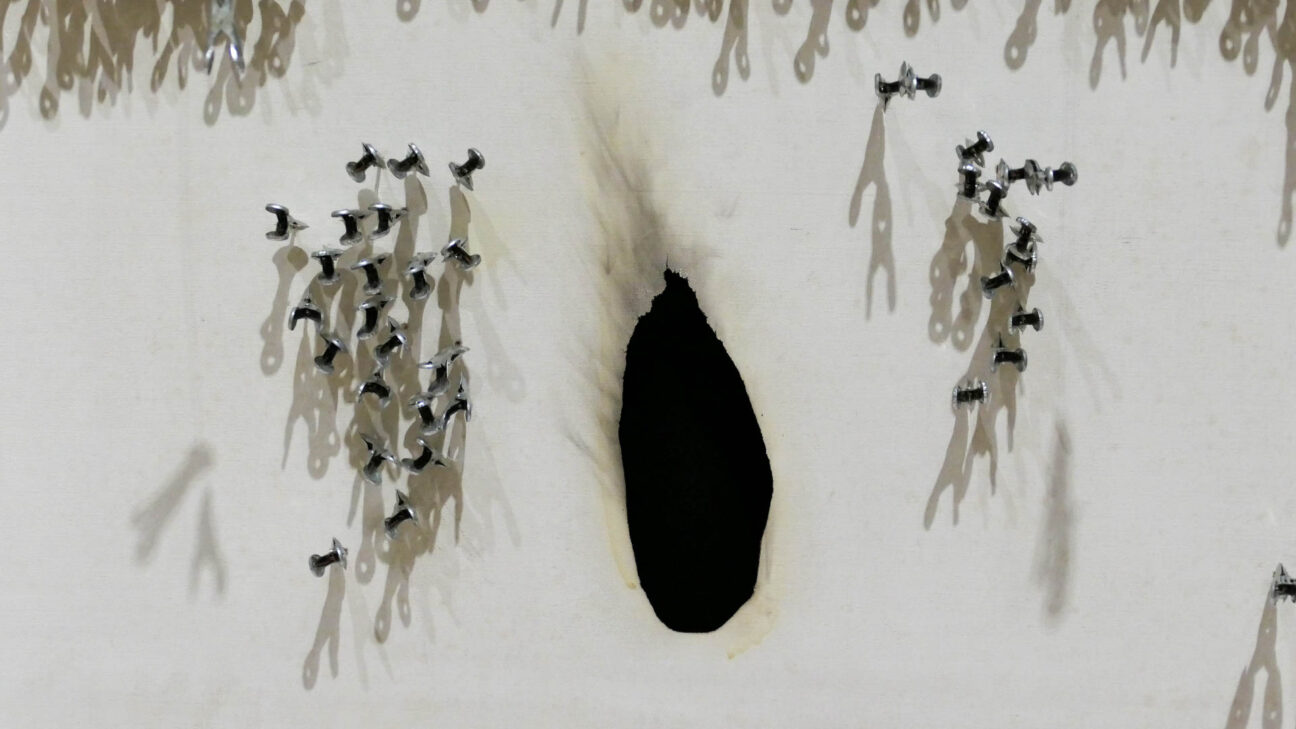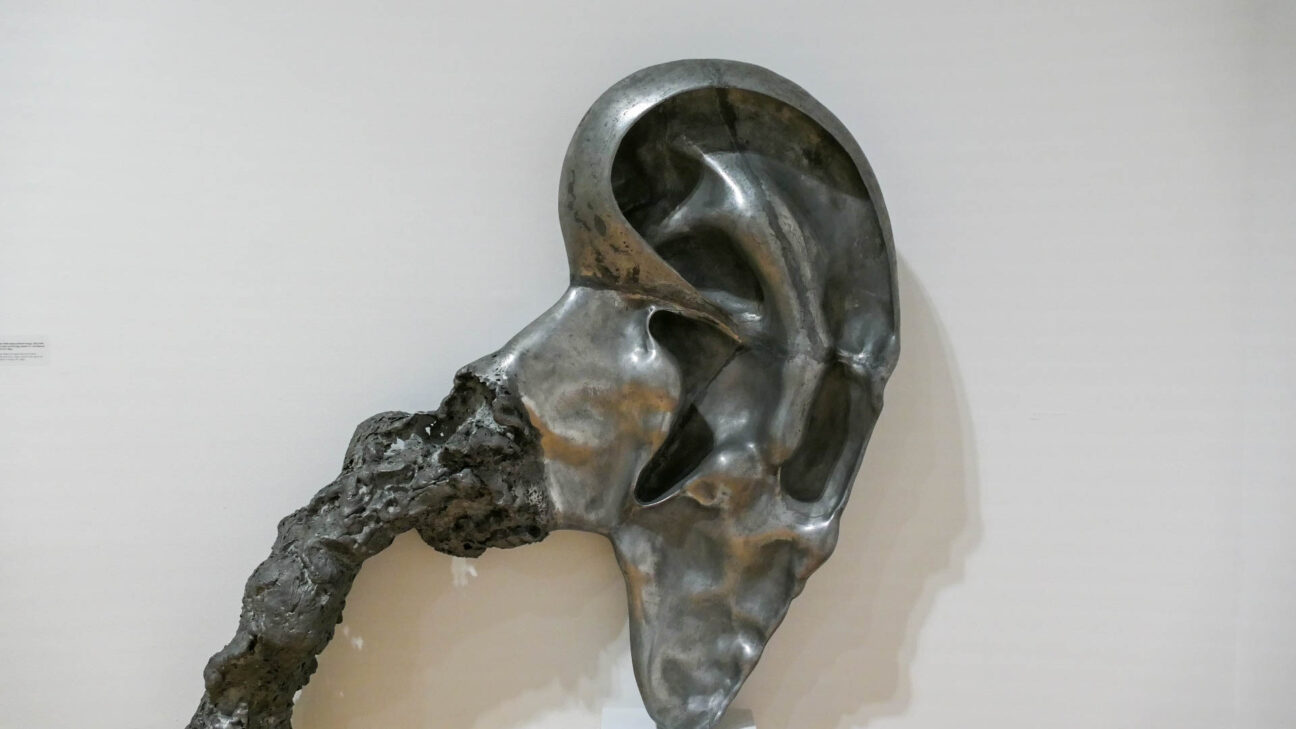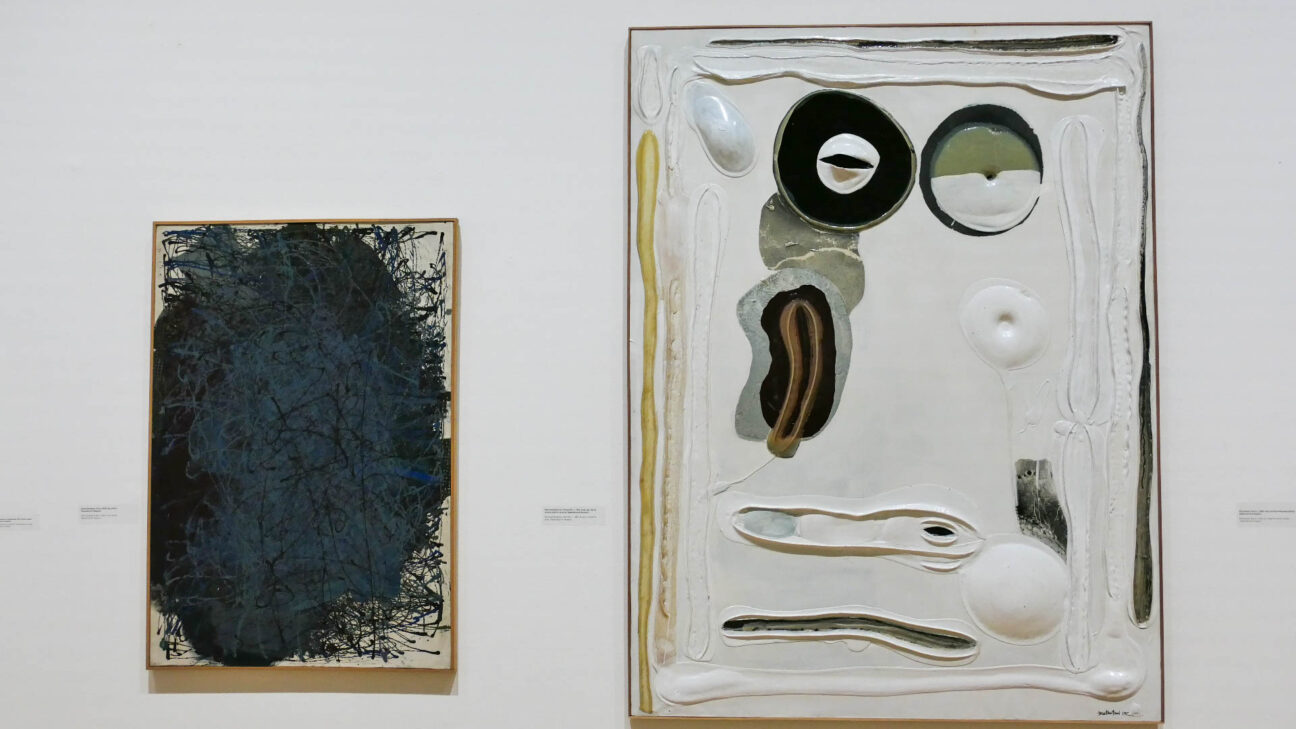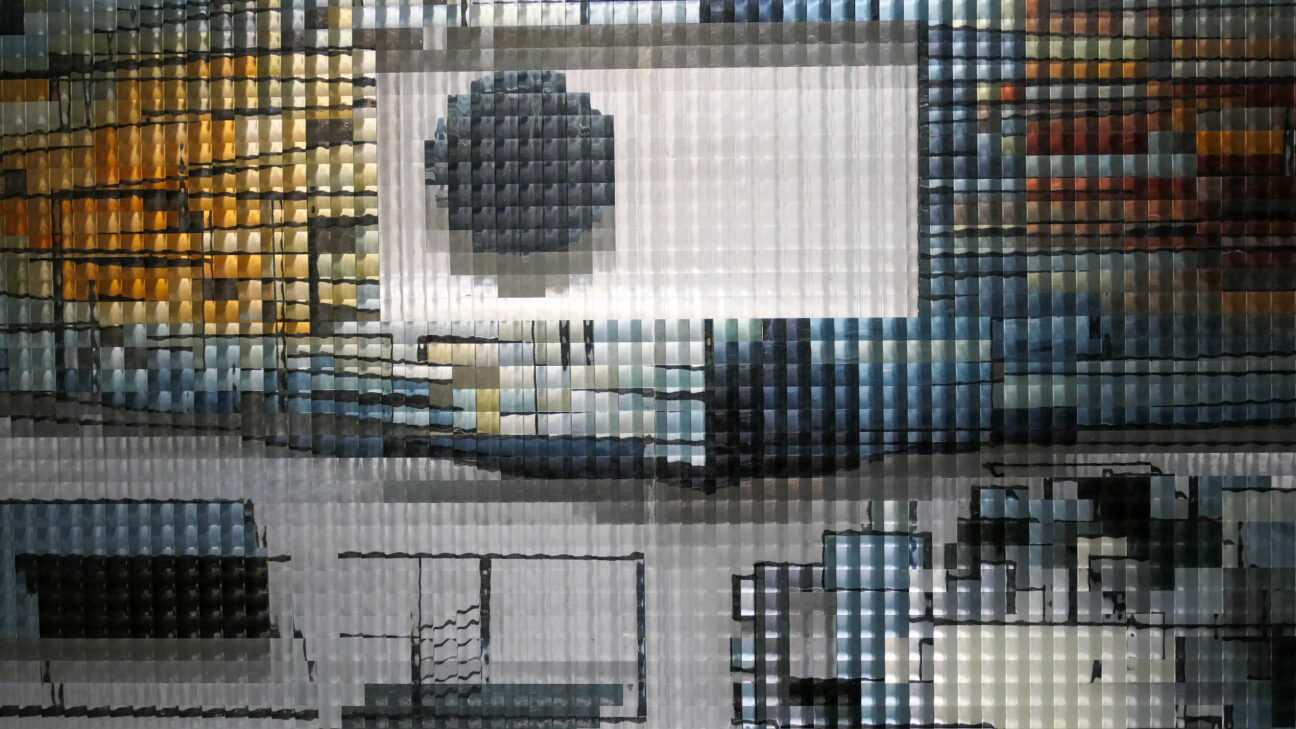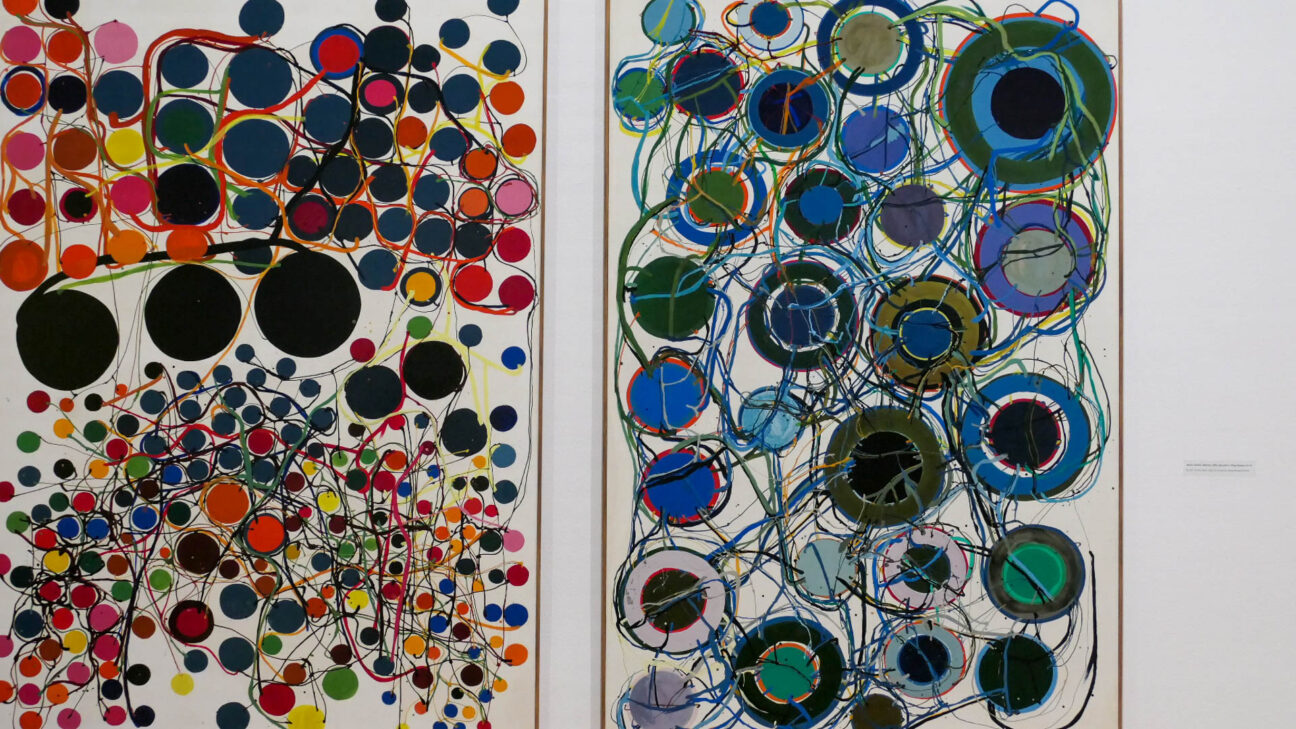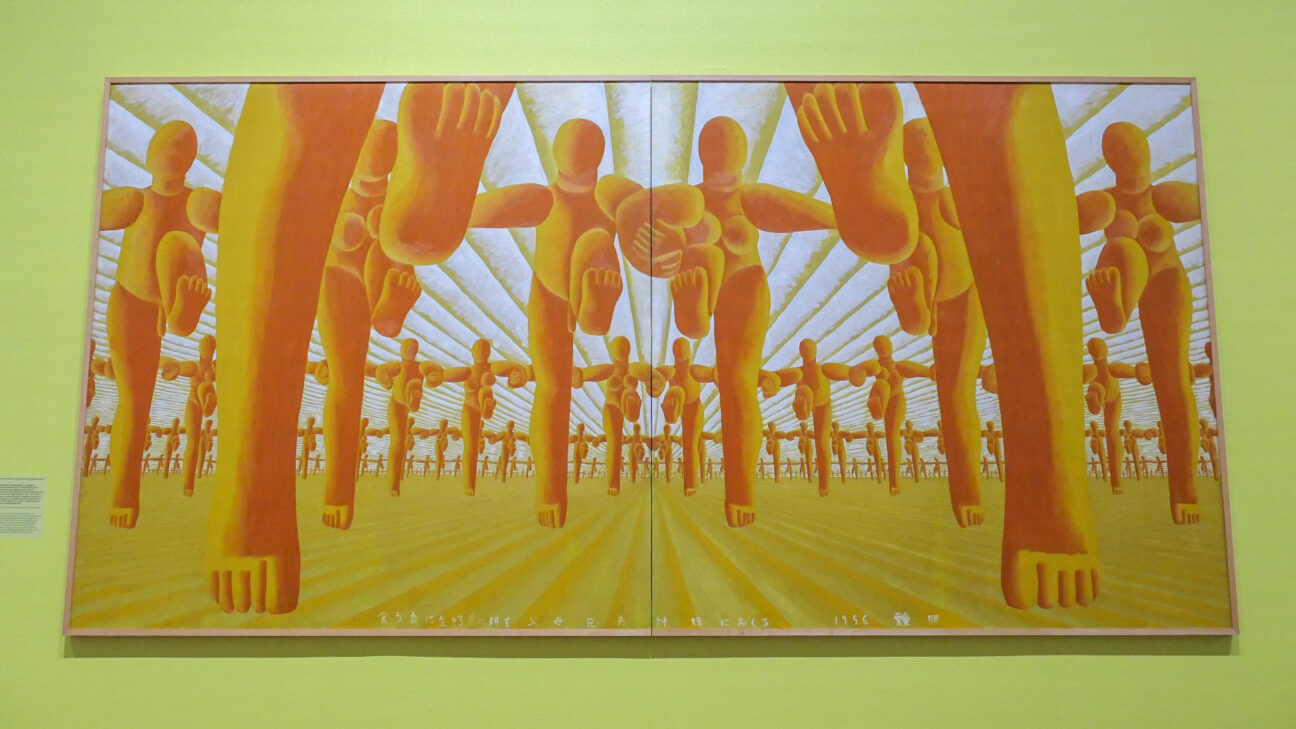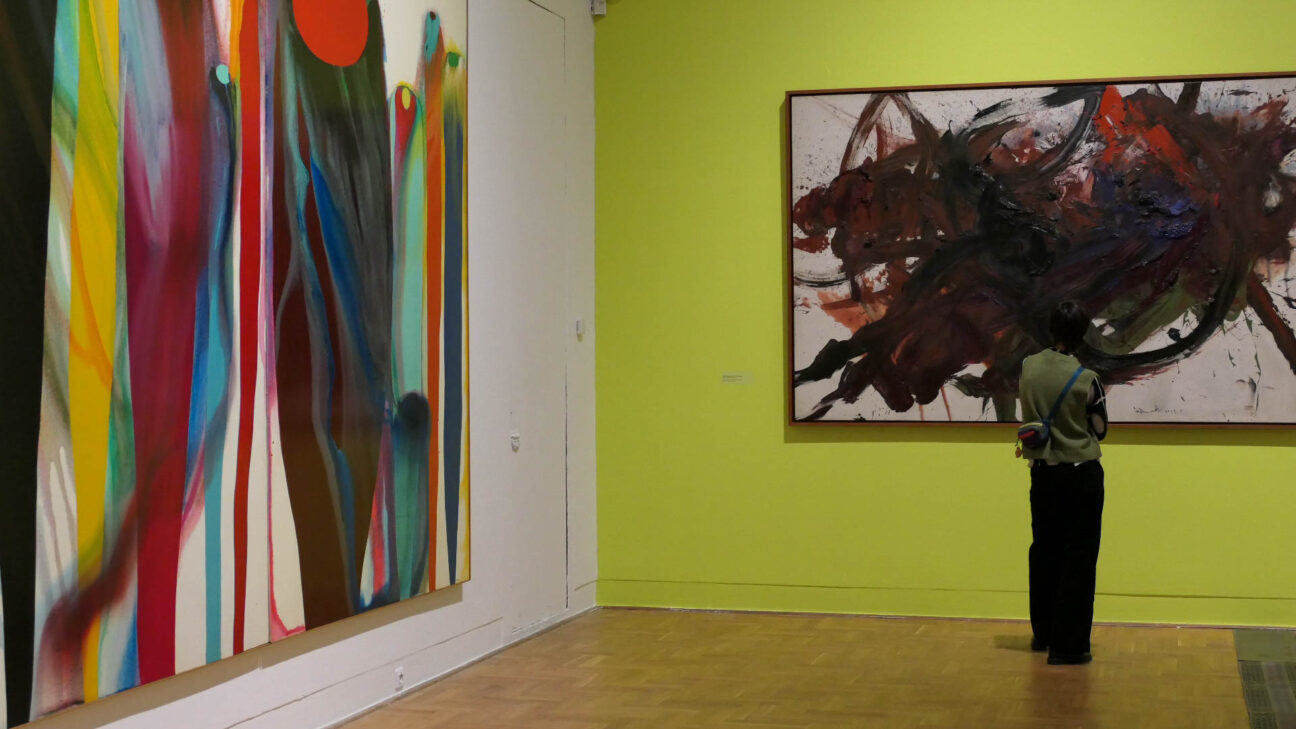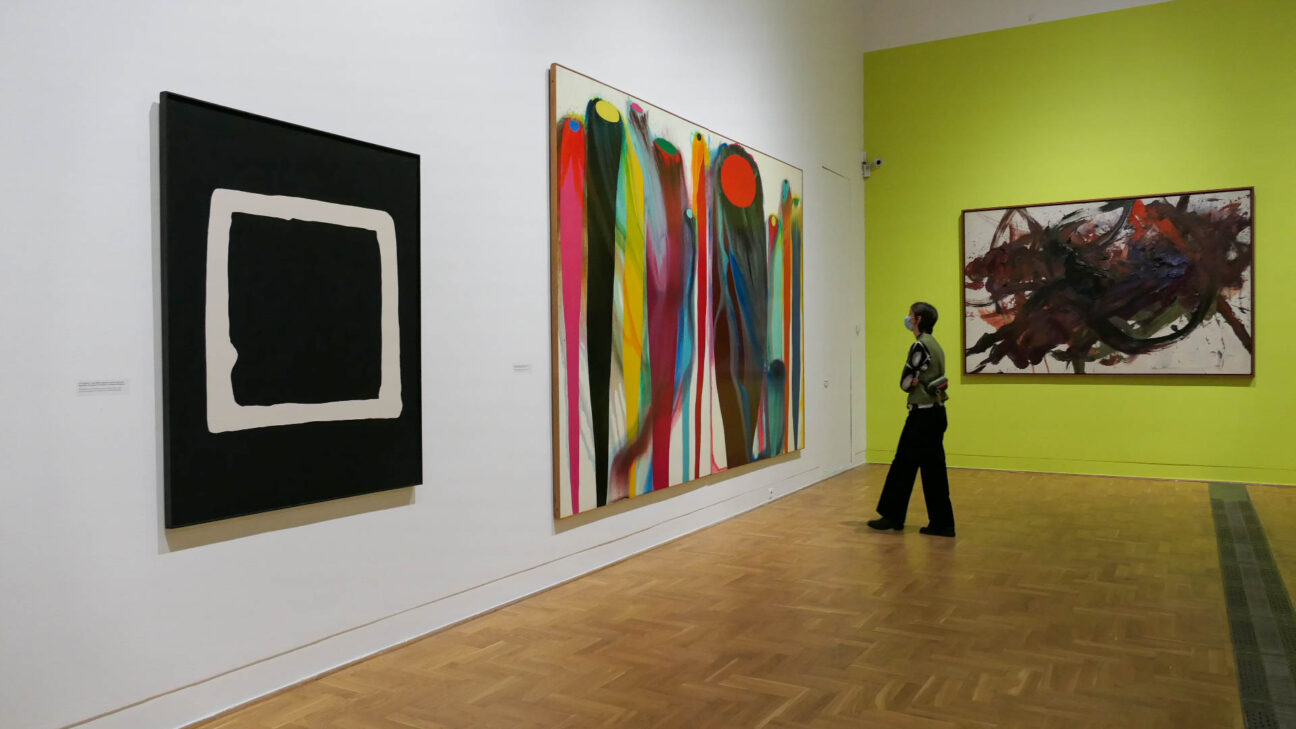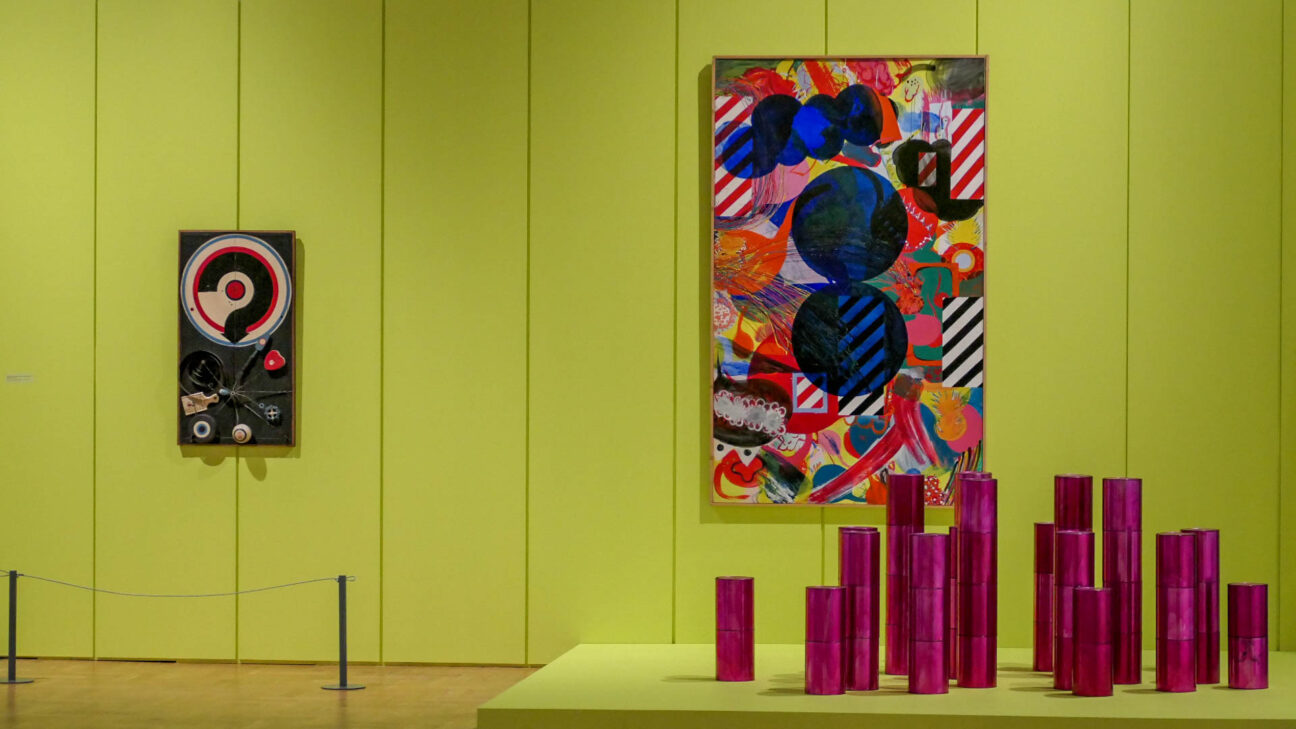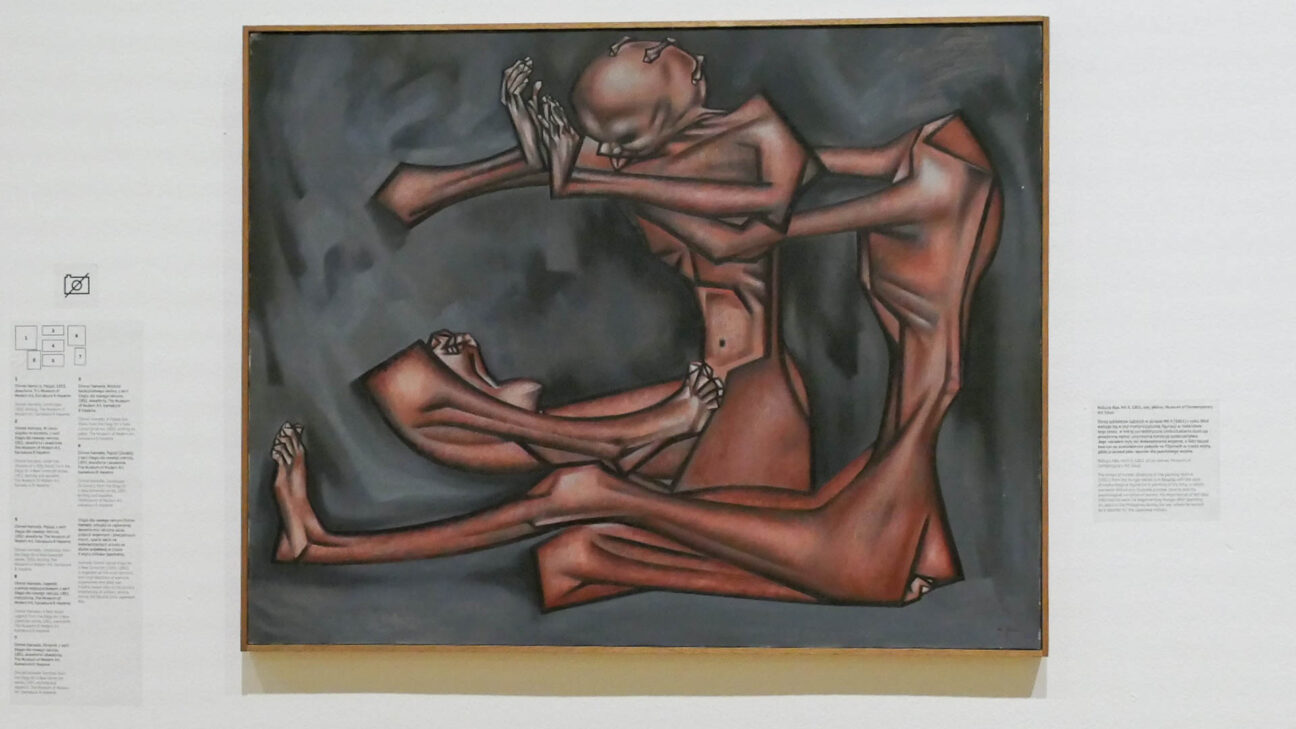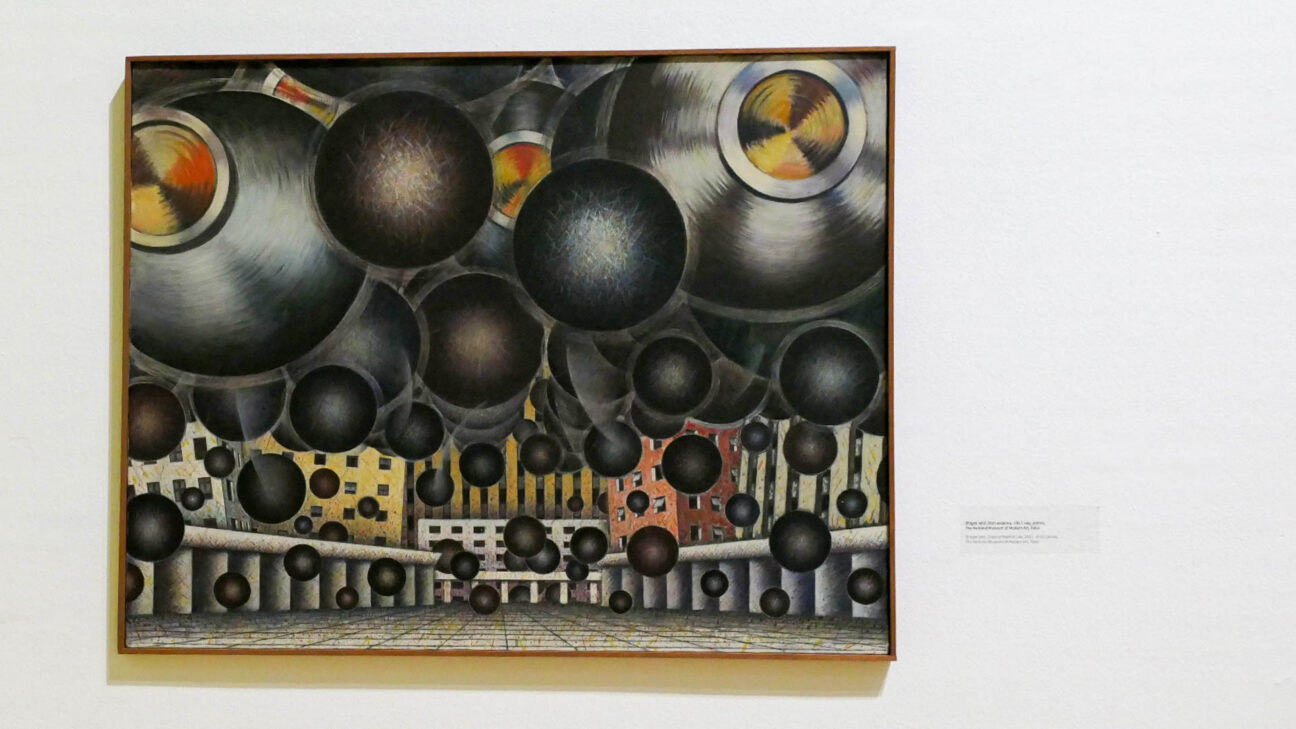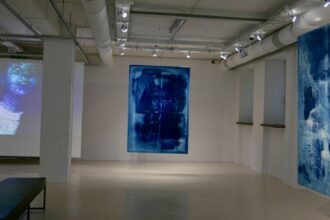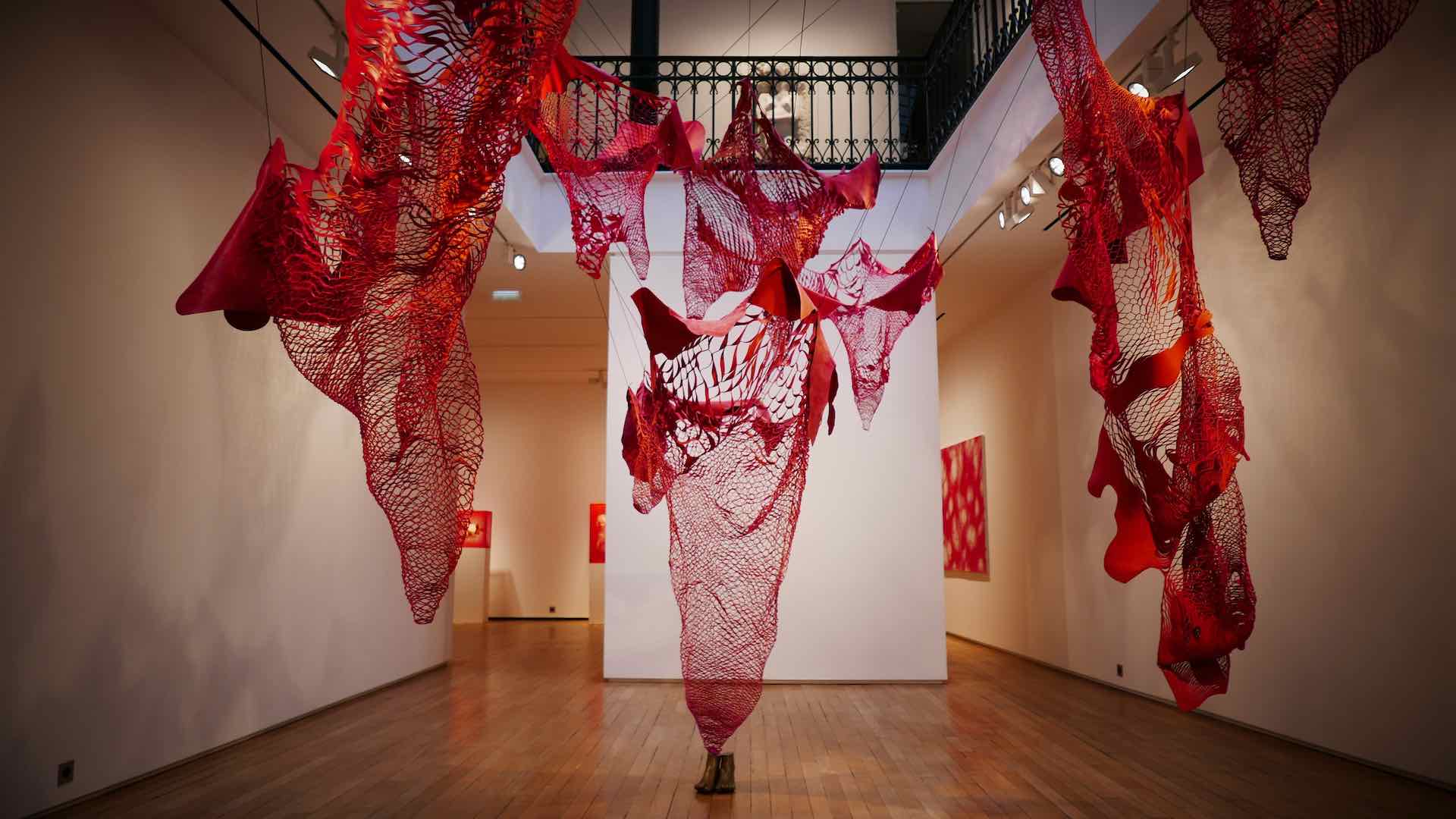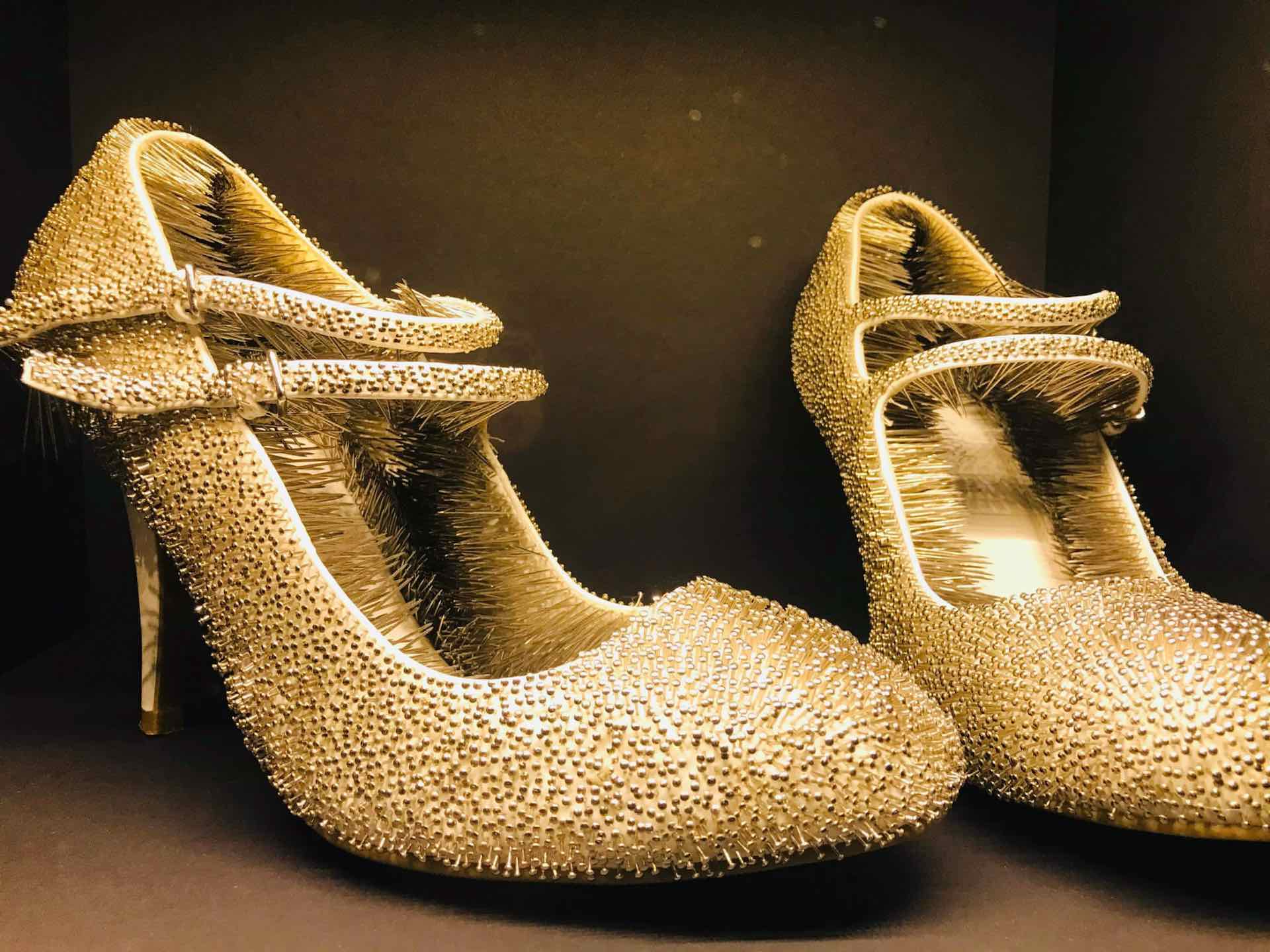Japanese avant-garde in the 1950 and 1960s
It’s a time of transformations that resulted in the emergence of the Japan we know today. Exhibition features works by the most important artists of the time, rarely shown outside Japan, and documentation of the avant-garde movements of the time.
Japan, reborn after the war, transformed itself in the 1950s and 1960s at a dizzying pace — hosting the Tokyo Summer Olympics in 1964 and the Expo’70 in 1970. The eponymous decades, although still marked by the experiences of war and post-war political ferment, also saw a redefinition of Japanese culture.
The contemporary language of art emerging in Japan at that time, encompassing new works in painting, installation, performance, photography, printmaking or film, makes us aware of the dynamics of change and captures the energy of the art produced in this unique period, when the country, for the first time in its history, joined the processes of global cooperation and transformation.
The opening of Japan to Western influence created favourable conditions for the development of avant-garde art in the 1950s — artists built new creative strategies far from the previously known forms imposed by traditional hierarchical organisations and associations.
Thanks to the exhibition you can discover the works and archival documents of groups such as Jikken Kōbō, the Democratic Artists Association, the Gutai Art Association, Kyūshū-ha (Kyushu School) and the photographic collective Vivo. The 1960s brought many of outstanding works by representatives of the older generation, and also resulted in works by the new generation, whose radical installations actions and happenings performances changed the face of the Japanese avant-garde. Prominent among them were the activities of Neo Dada, Zero Jigen, Hi Red Center, The Play, GUN (Group Ultra Niigata), Bikyōtō and Provoke. The desire to reconcile the seemingly contradictory attitudes of individualism with collectivisation, which manifested in many ways, turned out to be invigorating for the development of Japanese contemporary art. The exhibition presents works that, through the search for forms and strategies of artistic expression adequate to the times, made Japan a new centre of artistic life.
curator/ Maria Brewińska
exhibition co-organized with/ The Japan Foundation
exhibition is realized in cooperation with/ Takamatsu Art Museum, the National Museum of Modern Art, Tokyo and the Museum of Modern Art, Kamakura & Hayama
until March 13, 2022

